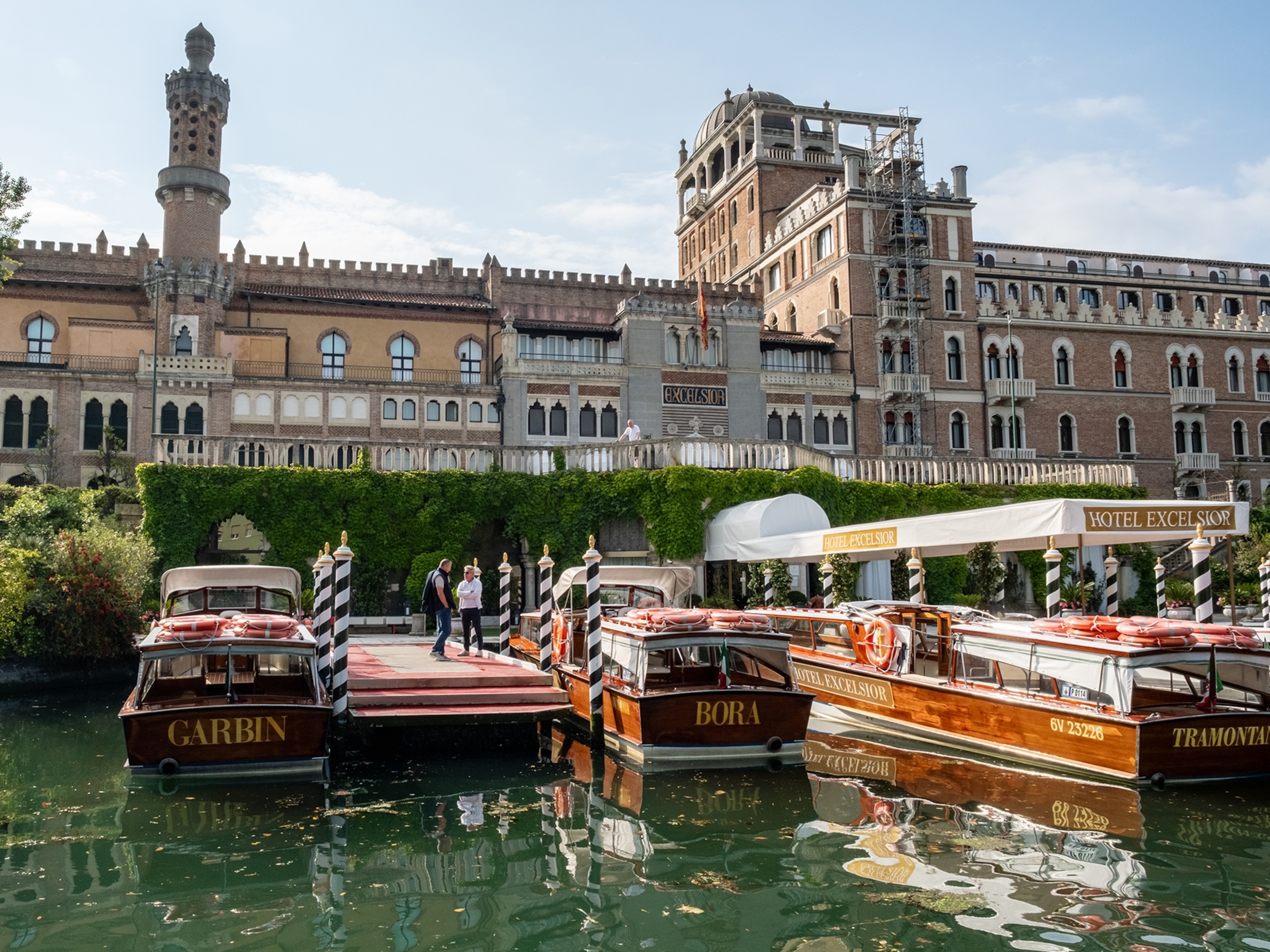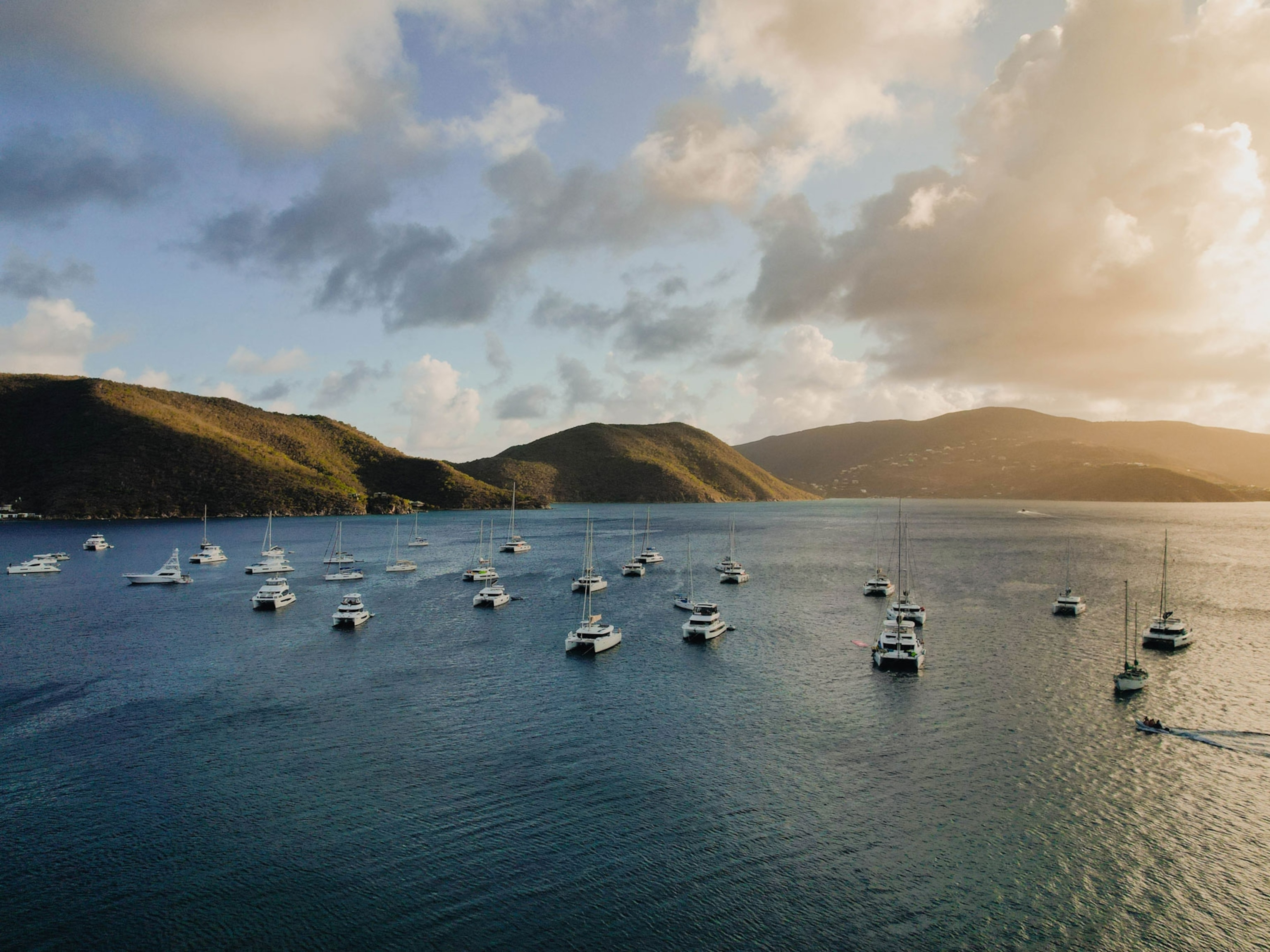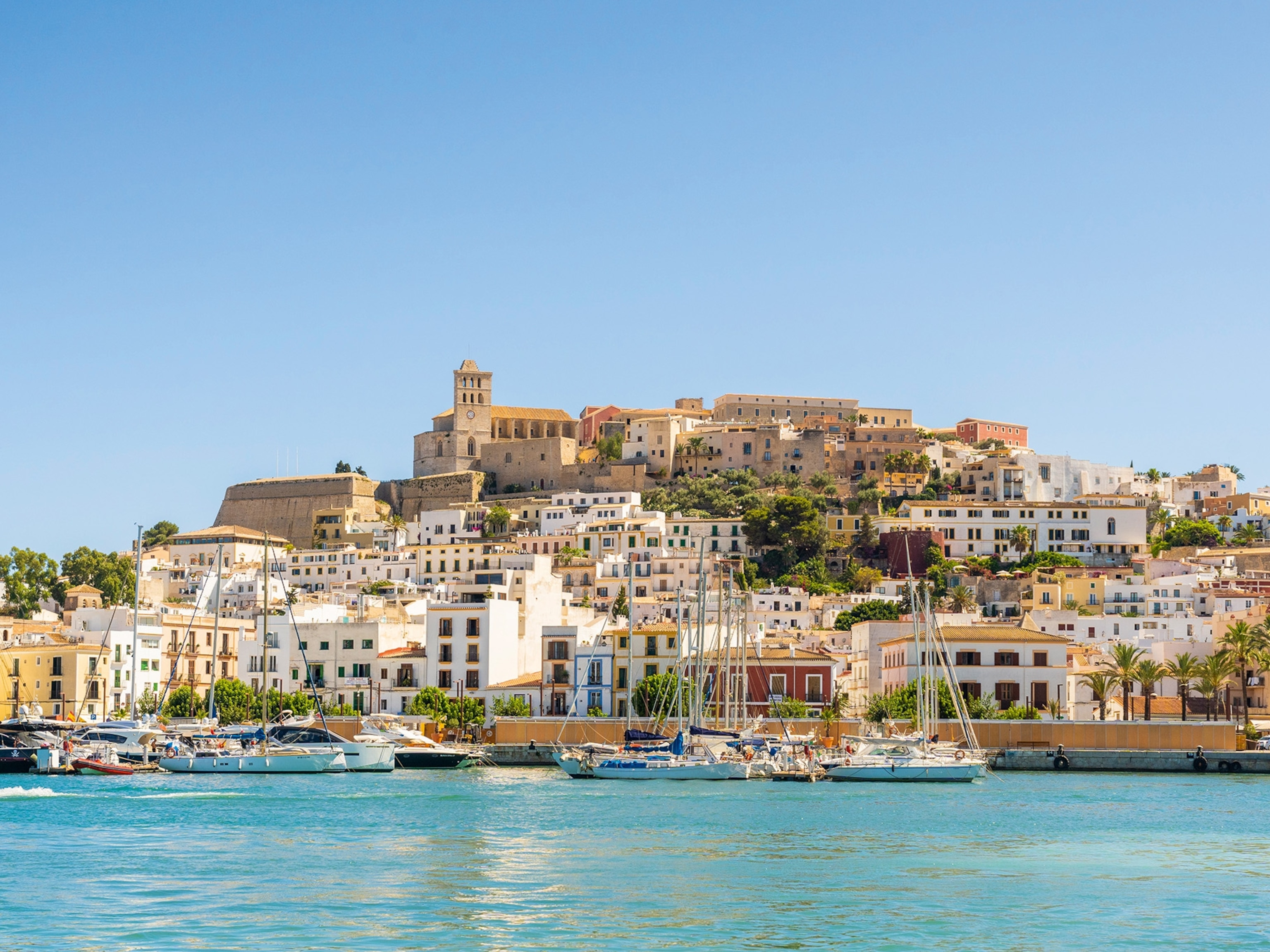How to plan a boating trip around the Balearic Islands
With over 745 miles of coastline, the sun-kissed archipelago off the eastern coast of Spain is one of Europe’s premier boating destinations for beginners or seasoned seafarers.

Each of the Balearic Islands has a distinct personality. Some need little introduction: Majorca has been one of Europe's favourite sun destinations for several decades, while Ibiza’s reputation as an all-night raver precedes it. The pace slows in Menorca, an island that's been designated as a UNESCO Biosphere Reserve since 1993. Arguably the most overlooked, Formentera is the bohemian capital of the Mediterranean, where days are spent barefoot and time split between vintage markets and chilled-out beach bars. Here's what you need to know to plan a boating holiday here, whether it's a day trip, island tour or island-hopping experience.
Where should I start?
You can fly direct from the UK to Majorca, Menorca and Ibiza, while Formentera is accessed via water from neighbouring Ibiza. Thousands of boats are available to hire on each of the Balearics, but if you're planning an island-hopping trip, Majorca’s cosmopolitan capital is a great place to start. With 3,000 mooring spaces, world-class facilities and an easy-to-navigate marina, Palma’s port is the archipelago’s largest, and you’re likely to find the widest selection of rentals here — although booking in advance is still advised in high season.
Which are the best ports to visit?
Mahon, Menorca’s historic capital, perches high above one of the largest natural harbours on the planet and offers premier mooring amenities. But you’ll find attractive anchoring spots all across the island: in the west, Port de Ciutadella is reasonably priced, with plenty of restaurants and bars lining the harbour; Port d’Addaia is a sheltered spot on the craggy north coast; for something more remote, head southward to Cala Marmols.
Ibiza Town’s Marina Ibiza and the neighbouring Marina Botafoch both place you within walking distance of the island’s famously vibrant capital and charming Dalt Vila (‘Upper Town’, the city’s old quarter). Mooring here can be expensive, and if you’re not looking to be at the centre of the action, the marina in nearby Santa Eulalia is a good alternative. For something more serene, drop anchor in the quieter north of the island. Here, San Miguel has a sheltered bay and some excellent restaurants shoreside.
There’s only one marina in Formentera, La Savina, with all the essential services necessary to cover your sailing needs. Alternatively, Cala Saona is a shallow, protected bay with clear water, while Ses Illetes on the island’s east features some of the most beautiful beaches the Balearics have to offer.


When should I go?
The archipelago gets 300 days of sunshine a year, meaning there’s no bad time to visit. Summers are invariably popular, but for a boating trip, the shoulder months — April to May, and September to October — are hard to beat, when the seas are still warm and beaches less crowded.
How long should I stay?
The length of a boating trip will depend on your itinerary. You could spend up to two weeks travelling around Majorca alone, the largest of the Balearics, and the mellow character of Menorca lends itself to meandering, easily warranting seven days at sea for thorough exploration. Formentera covers just 30sq miles, and as it’s located right next to Ibiza, one week should be enough to take in both. Alternatively, day rentals are a popular option to get a taster of life at sea.
Do I need any previous experience?
In Spain, a license is required to operate motor boats longer than five metres and with a power output of more than 15 hp, as well as sailing boats longer than six metres. Sailing conditions are ideal for novice skippers, but crewed vessels are also widely available should you not have a license or simply wish to sit back and relax.
Anything else I need to know?
If you decide to take the helm, make sure to familiarise yourself with local anchoring regulations. The Balearic archipelago owes its pristine waters to an immense meadow of Mediterranean tapeweed, which acts as a natural filtration system. A UNESCO World Heritage Site, this seabed is home to more than 400 species of plant and 1,000 species of animal. It's a wonderful diving site, and visitors are asked to help protect it by avoiding mooring near it.
Boat rental company SamBoat has over 50,000 vessels available to rent worldwide, connecting local owners and renters via an easy-to-use digital platform. The rentals on offer cover everything, from motorboats and sailboats to rigid inflatables and catamarans, and include both skippered services or bareboat charters, whether you're renting by the day, week or simply one night at the dock. For more information, visit samboat.com
Facebook | Instagram | Twitter




